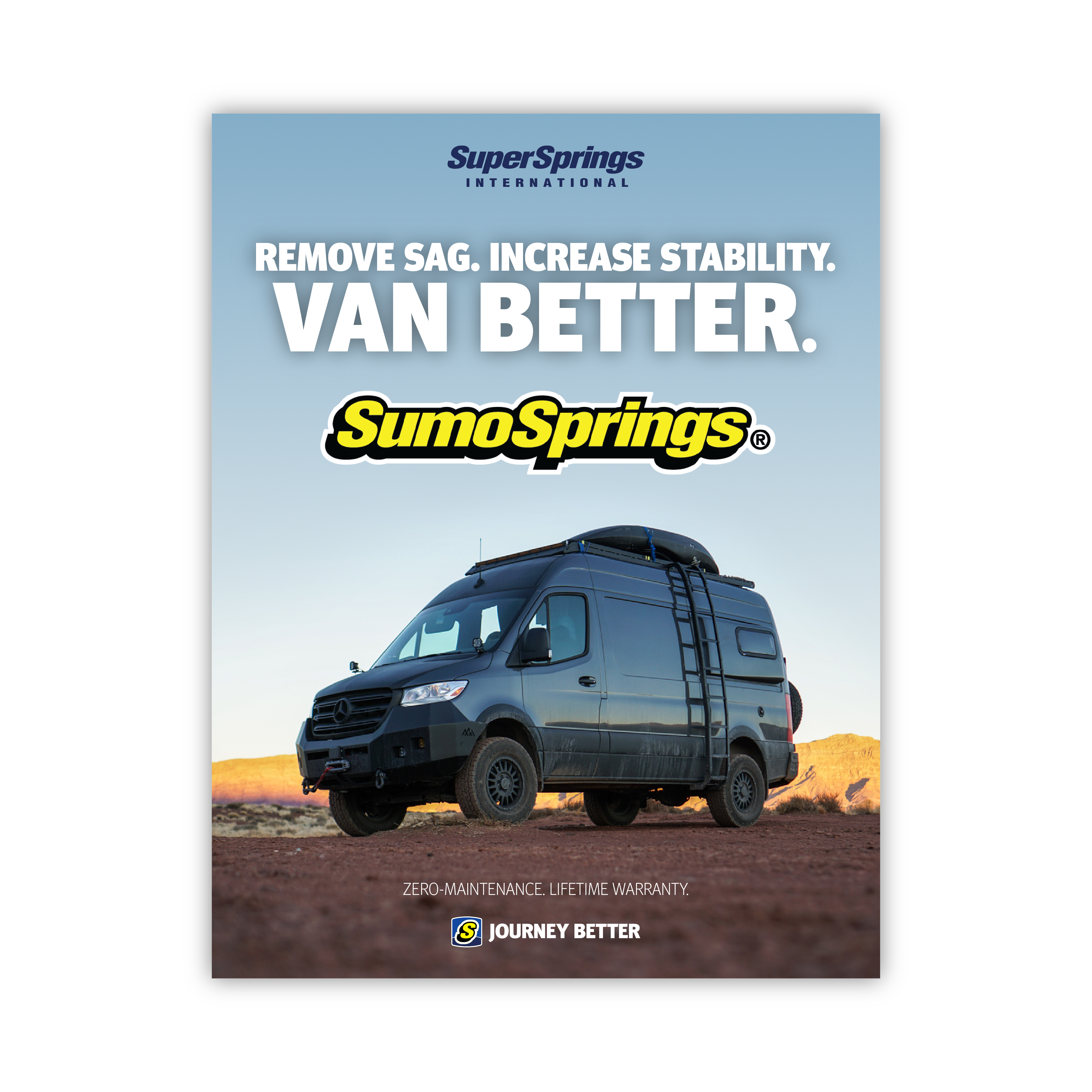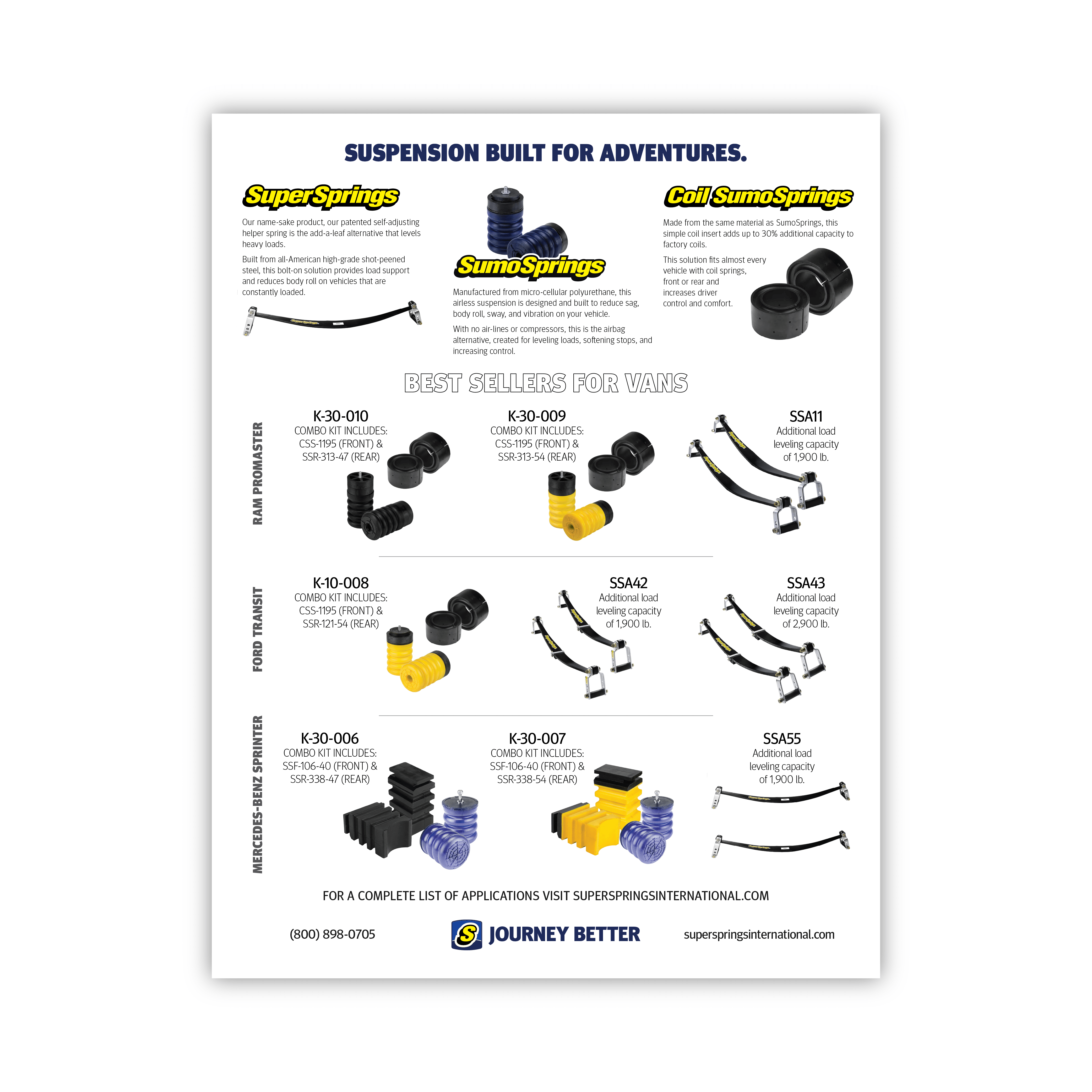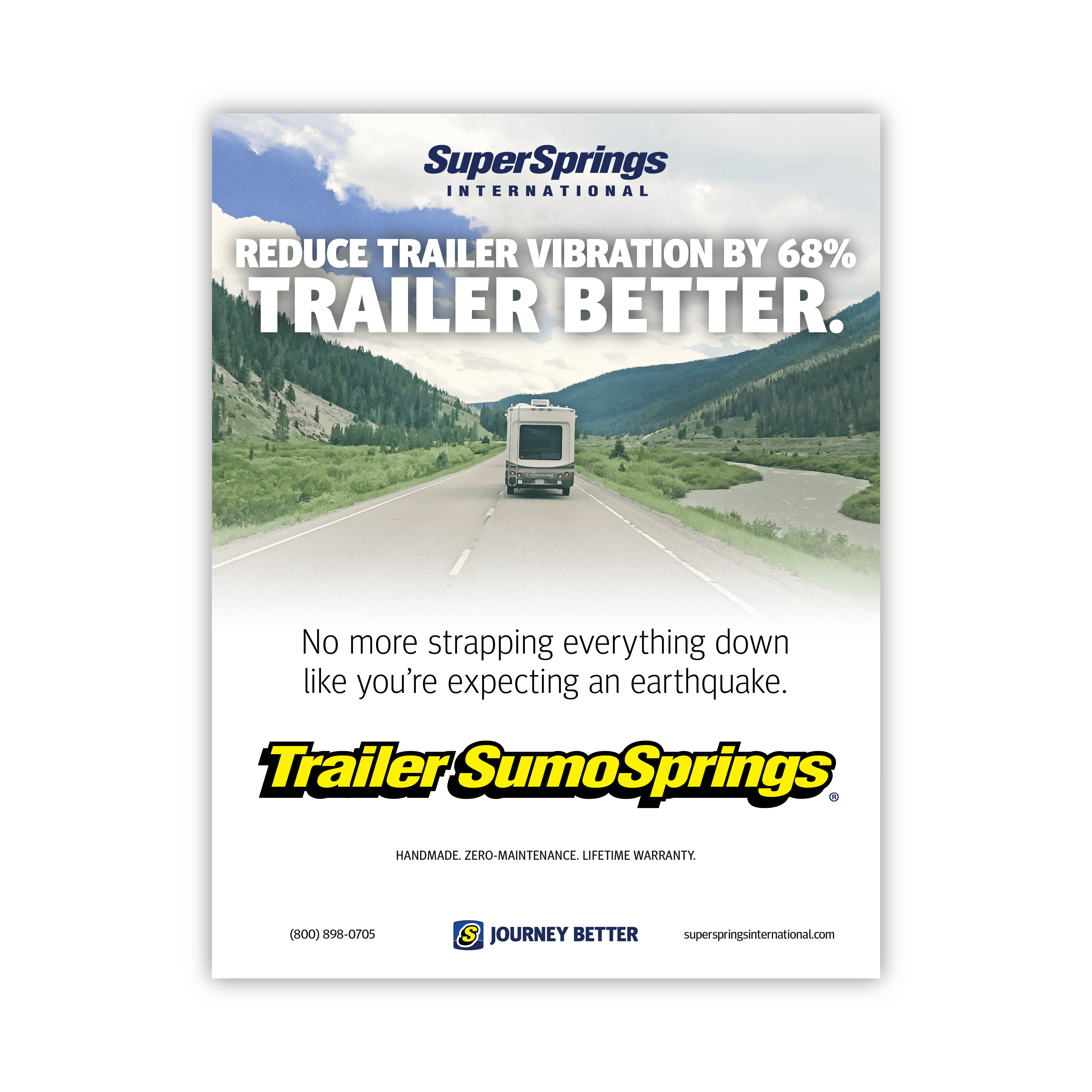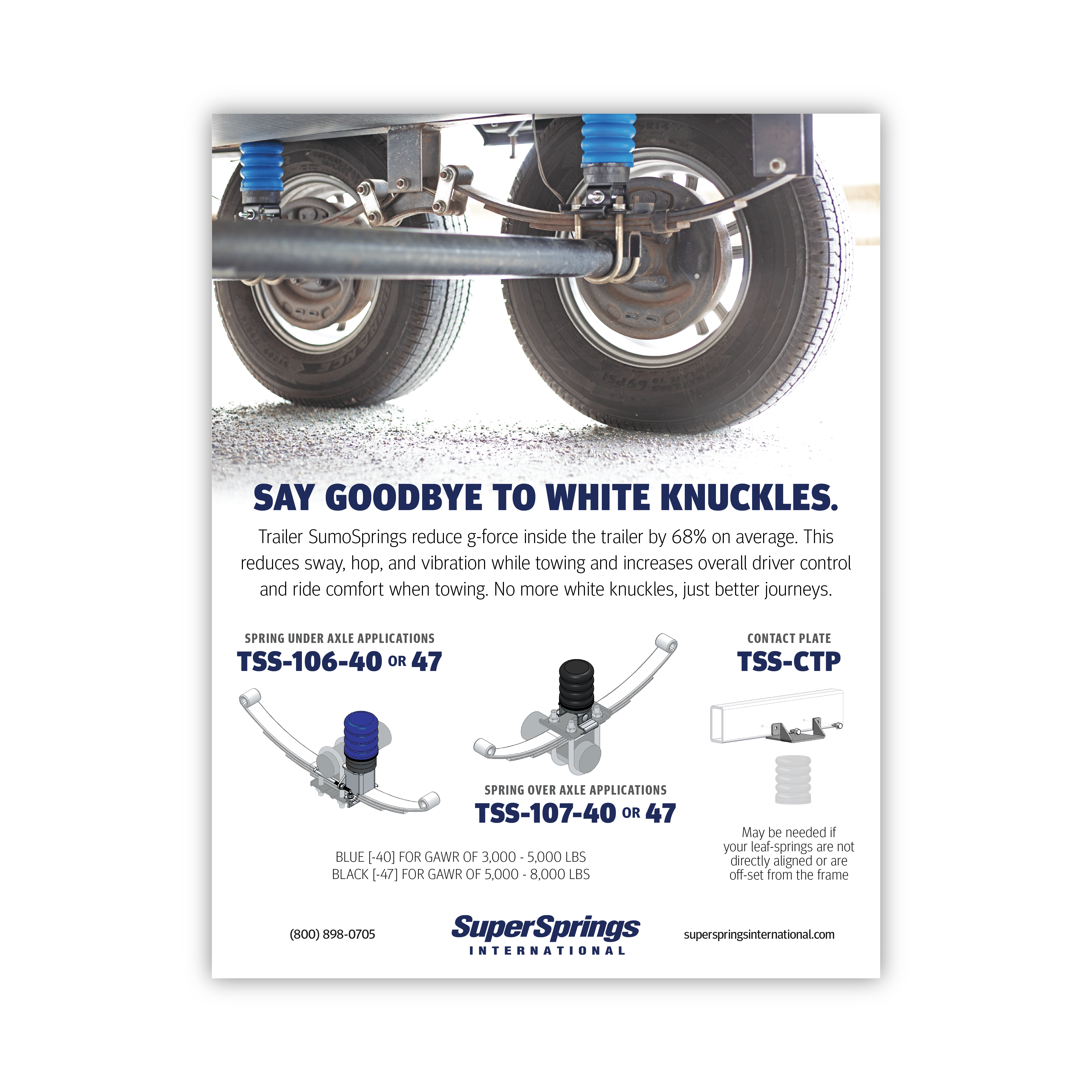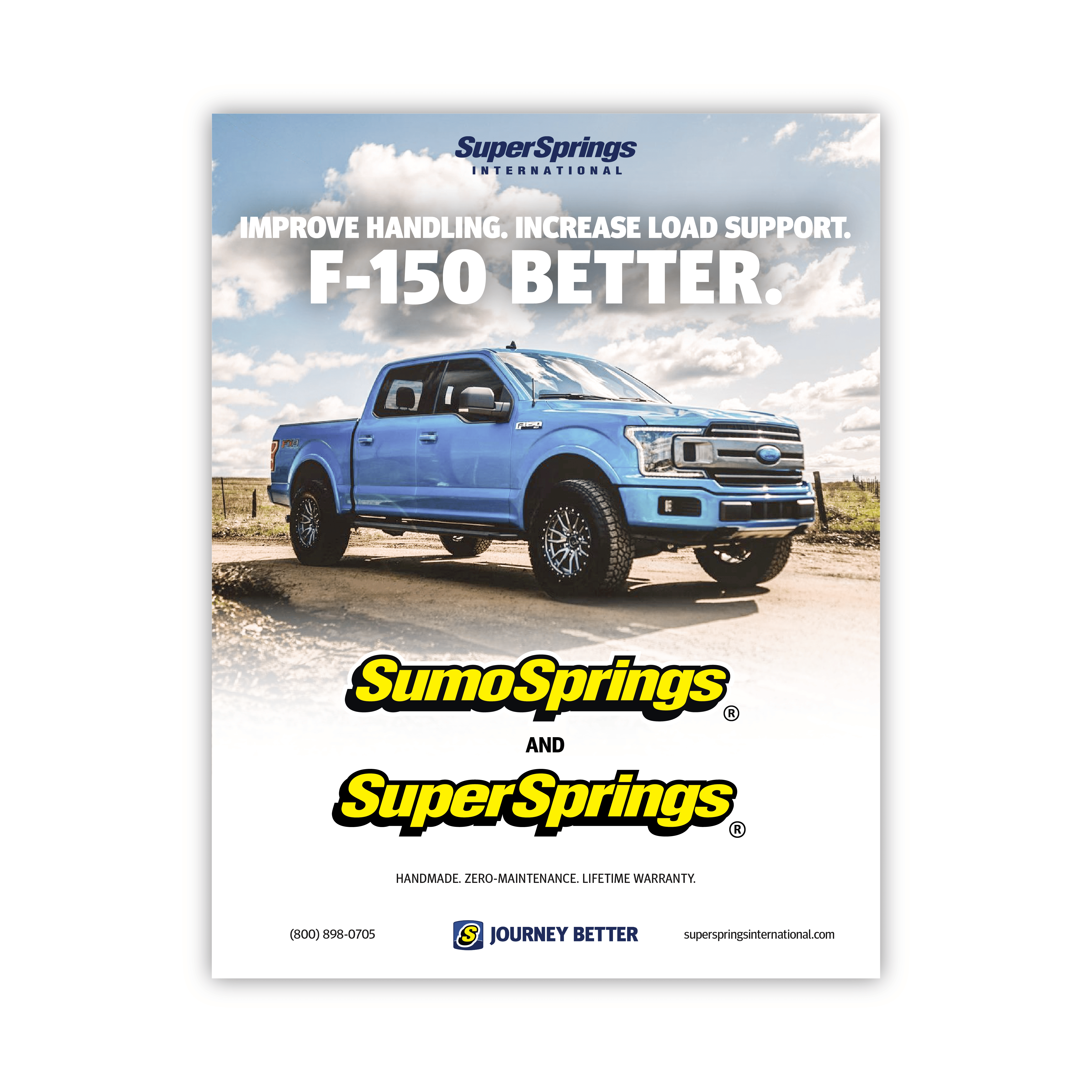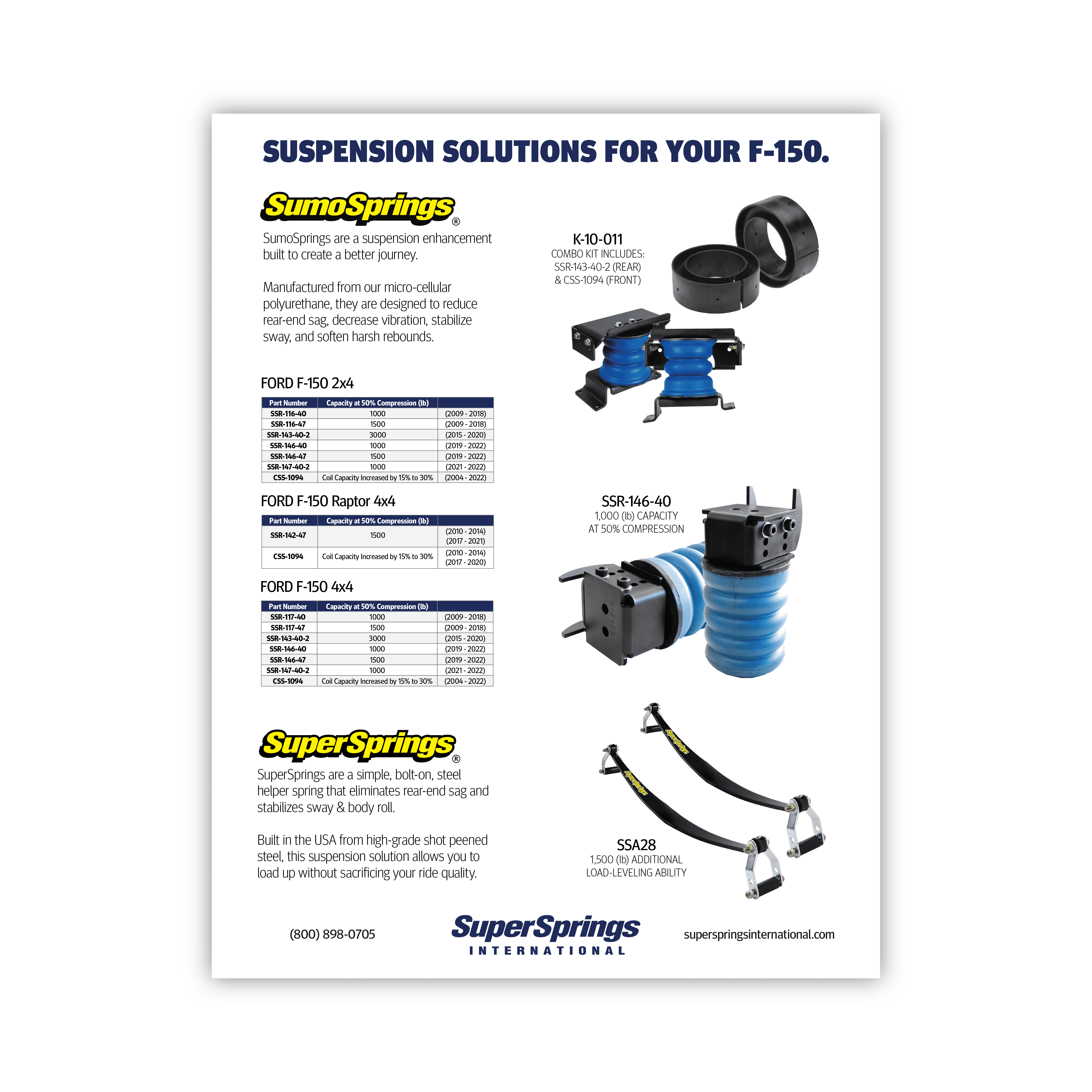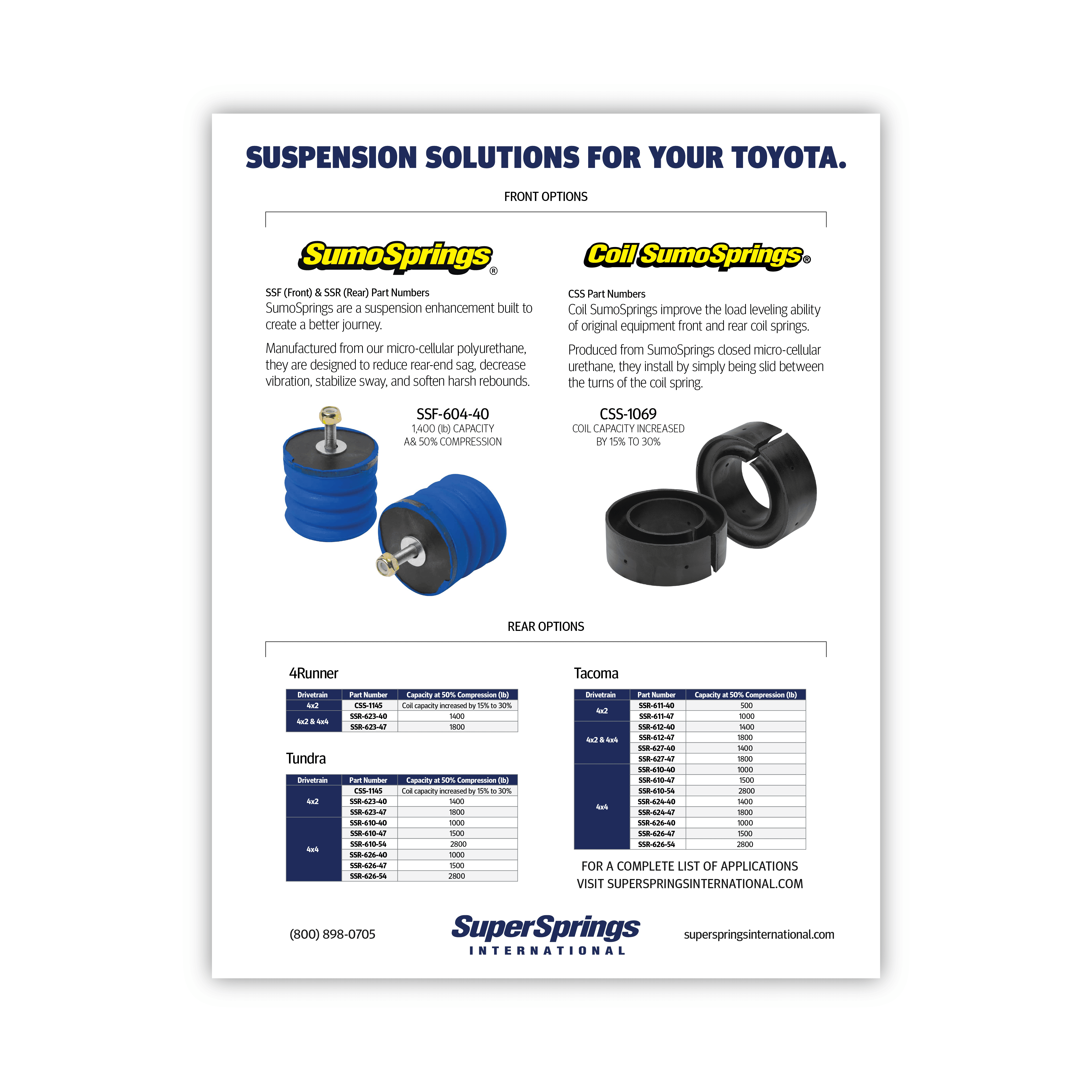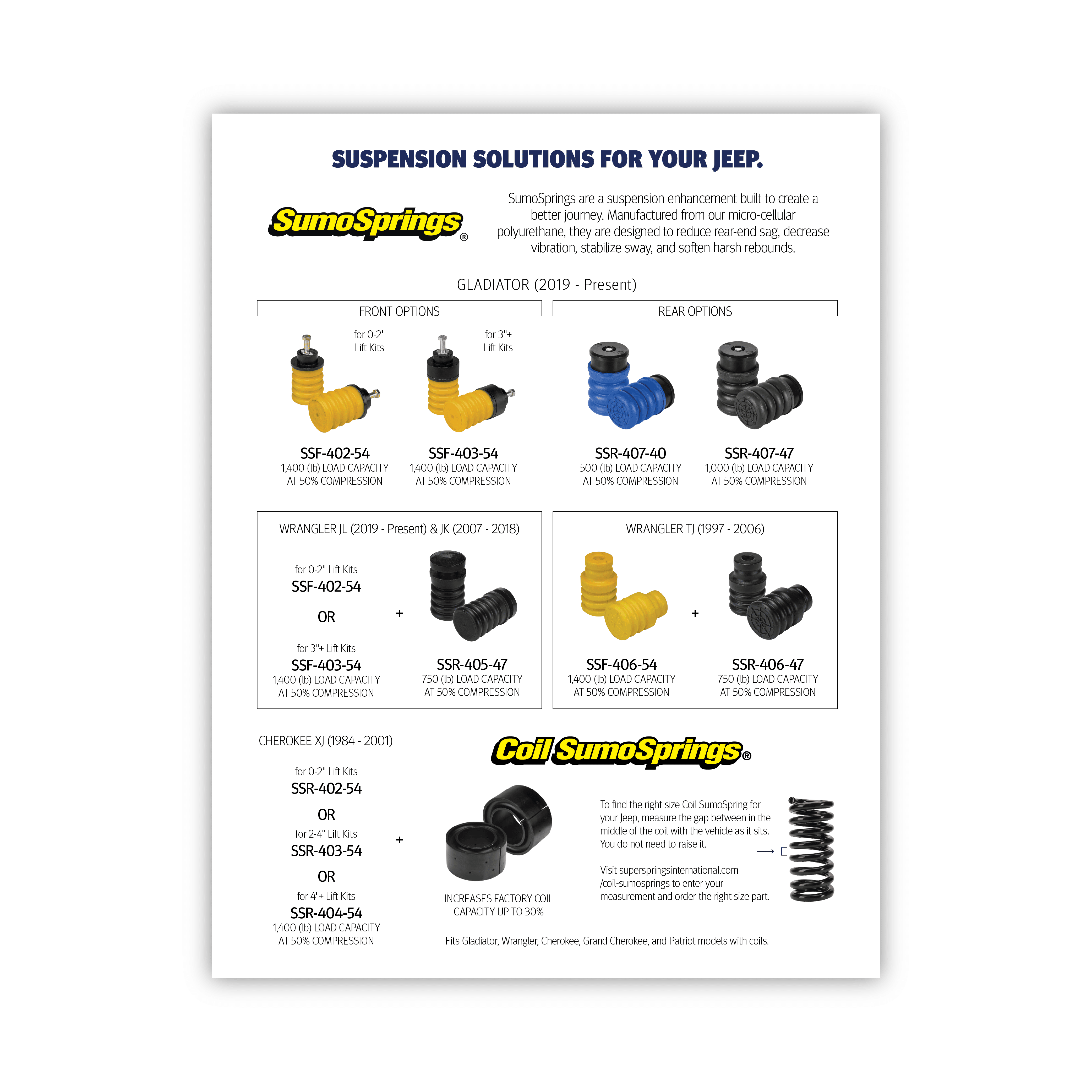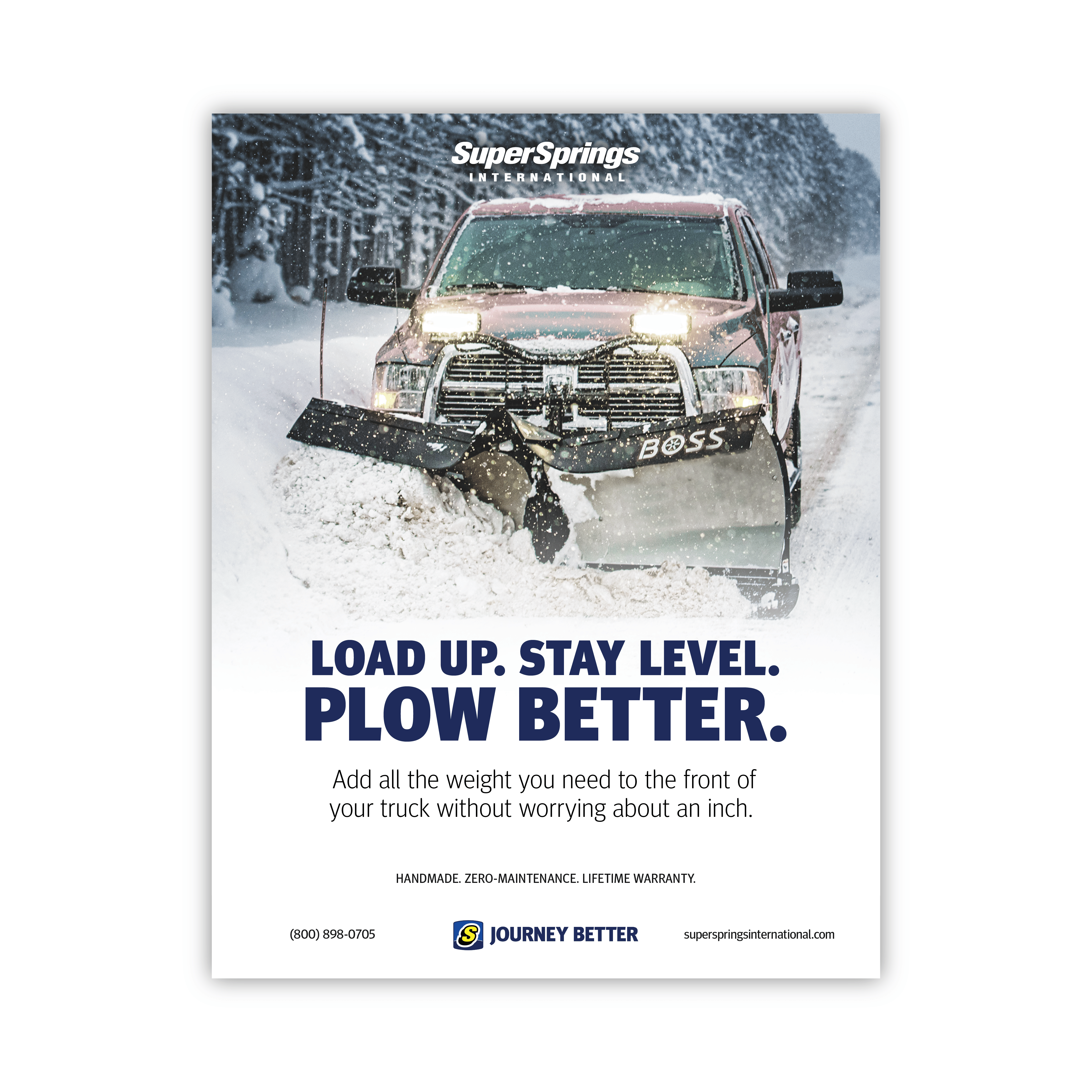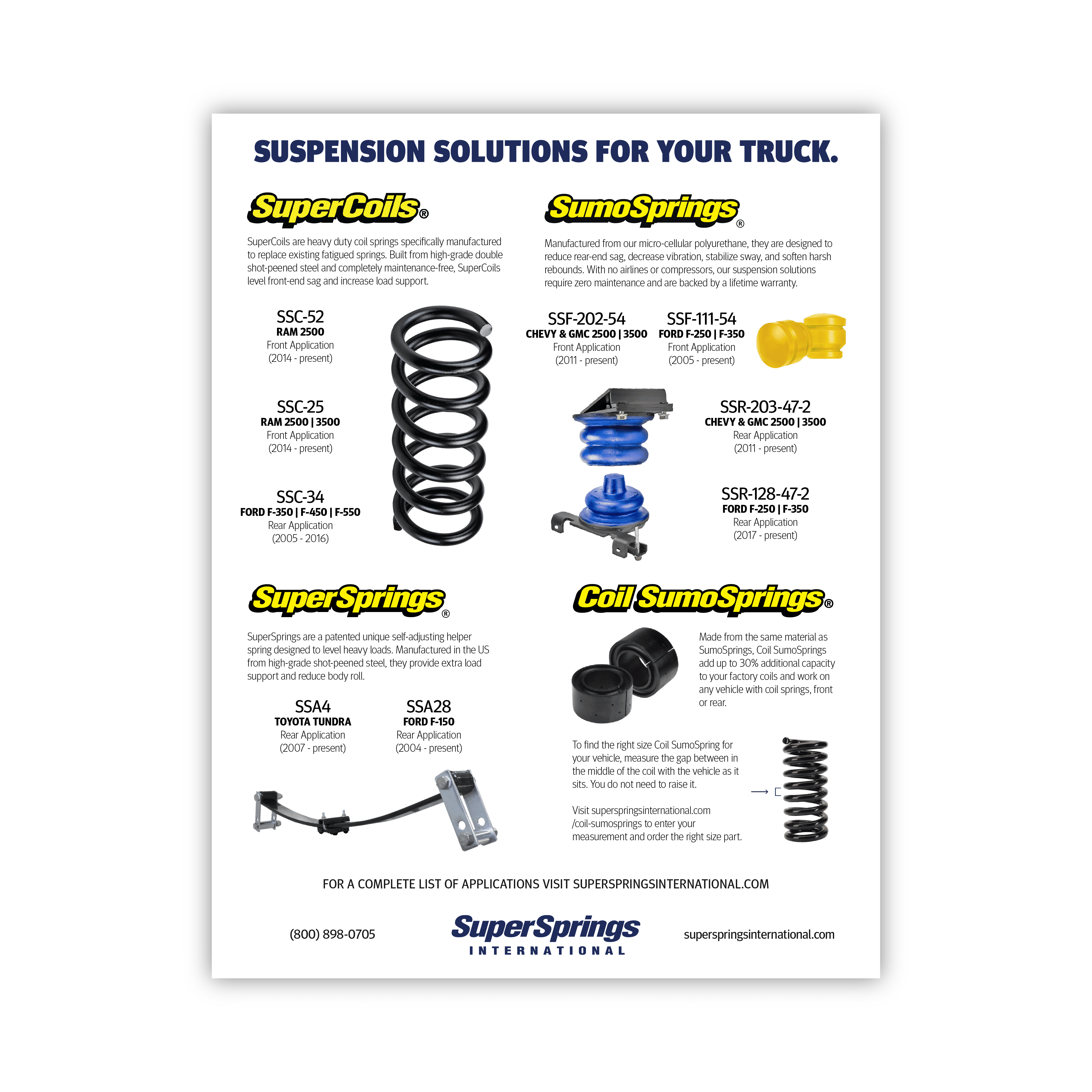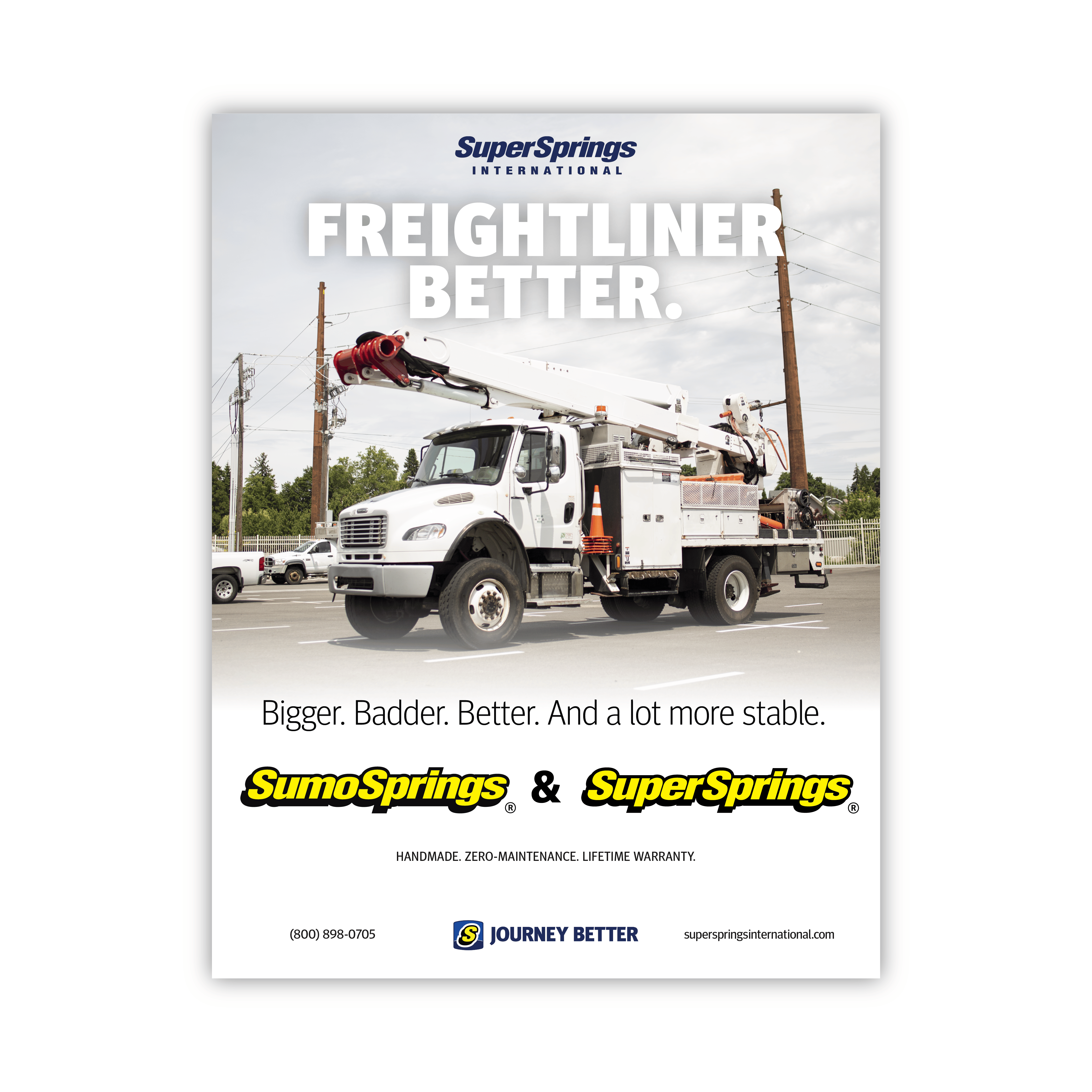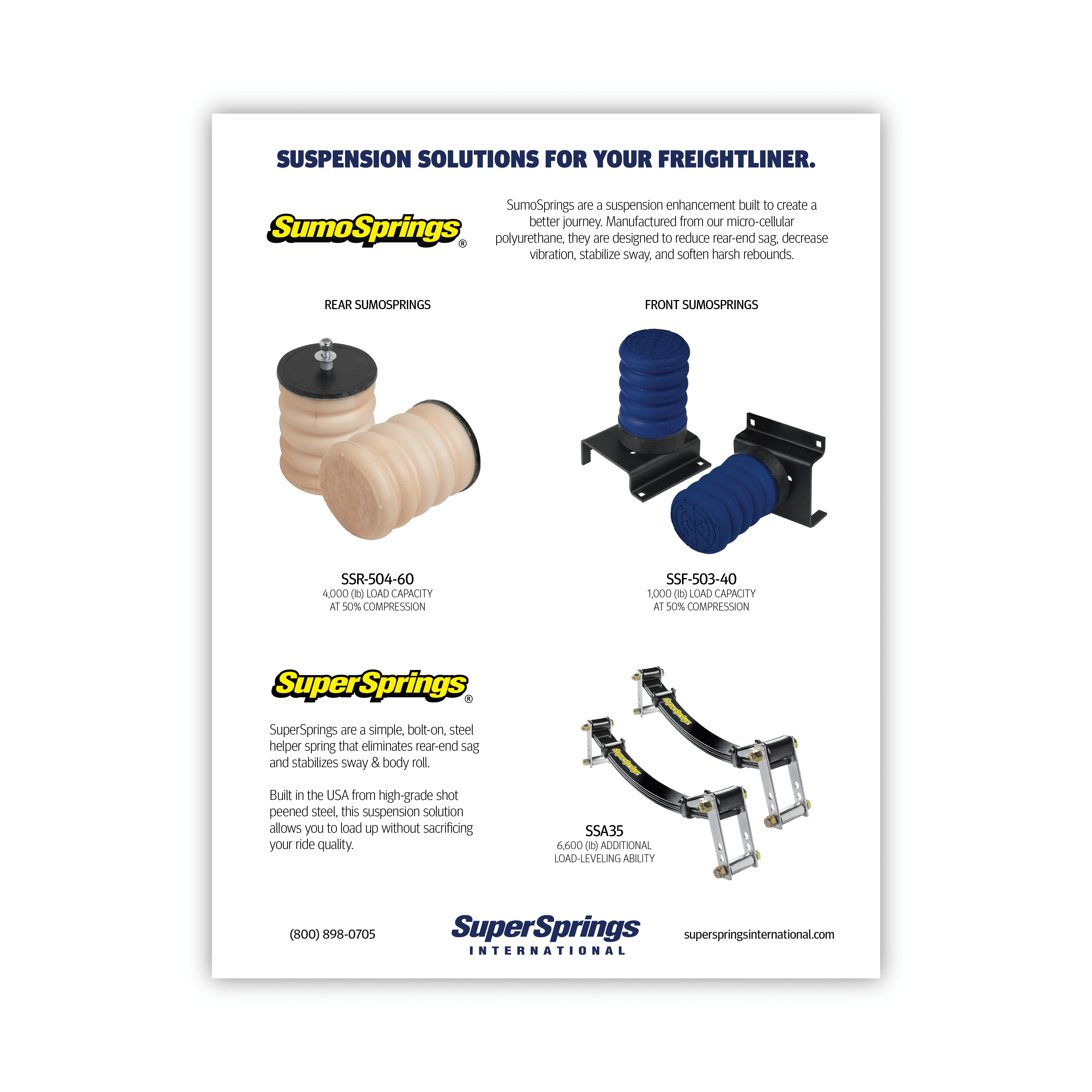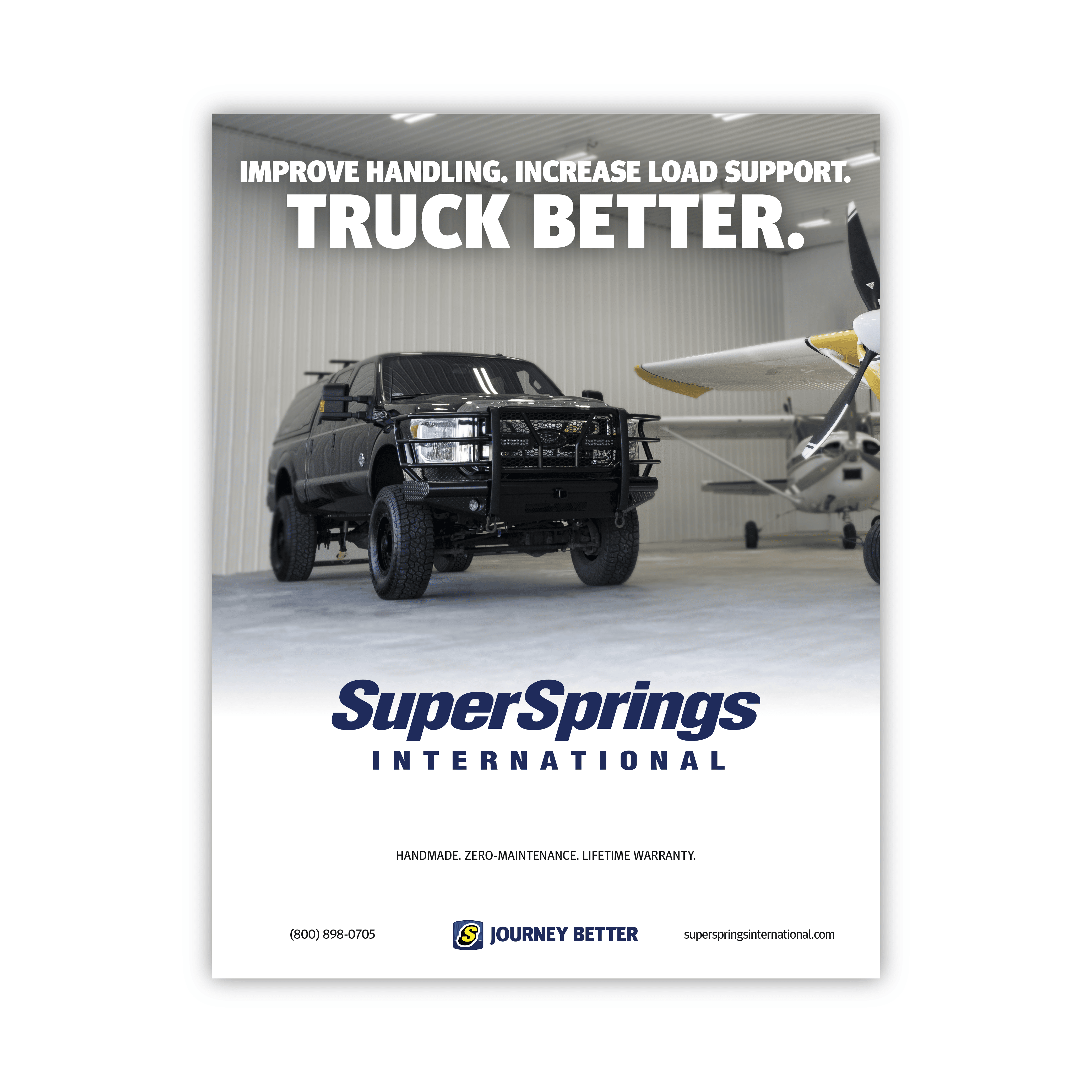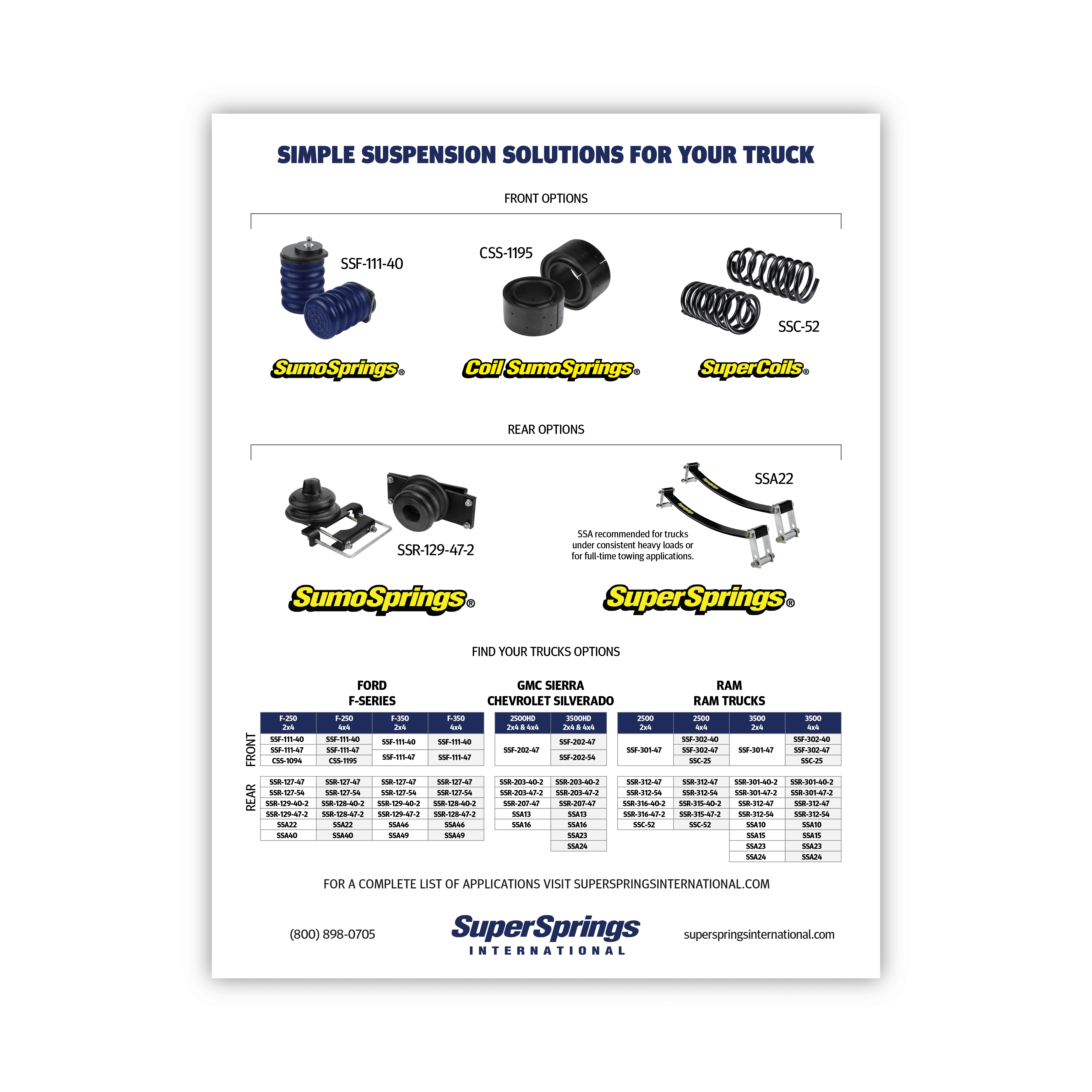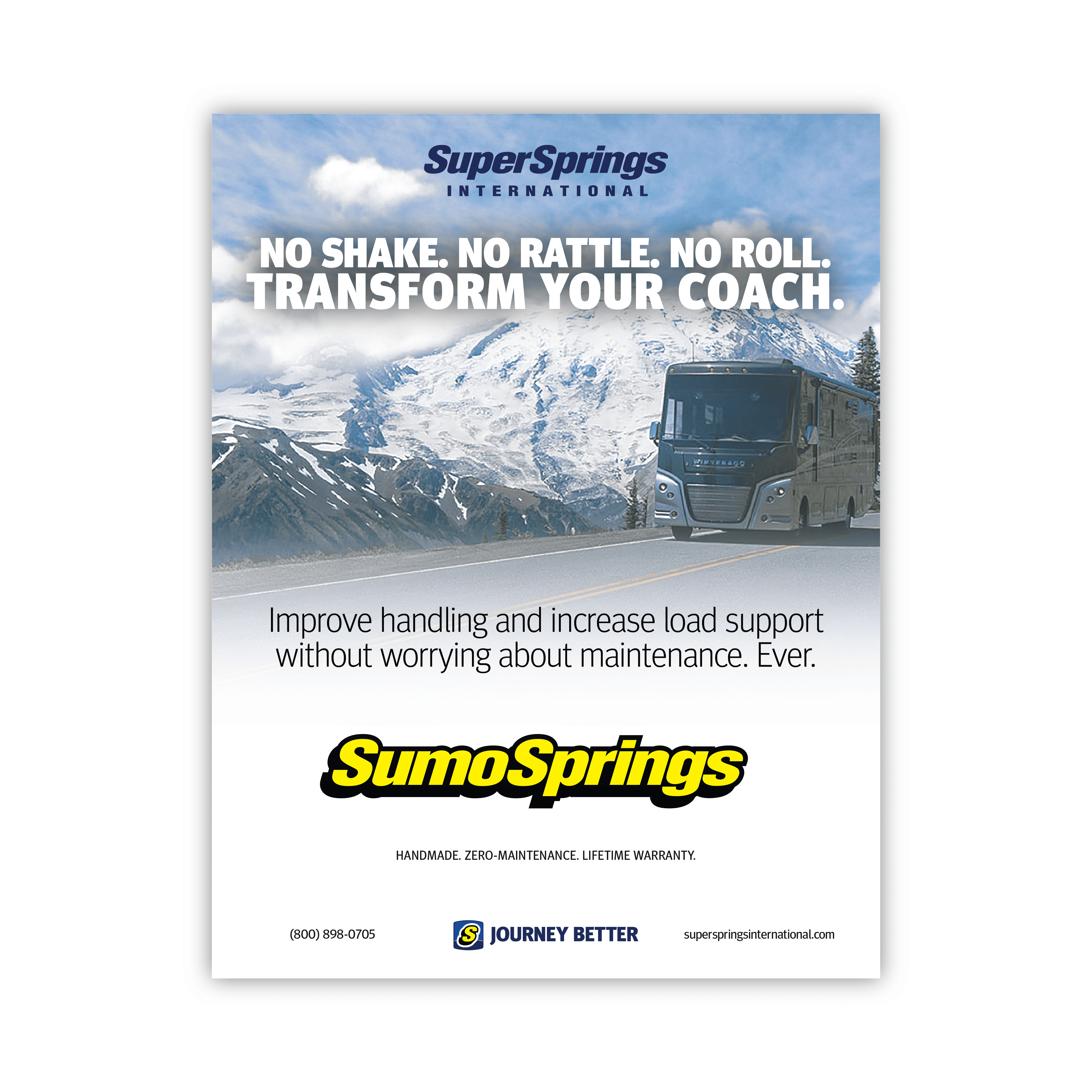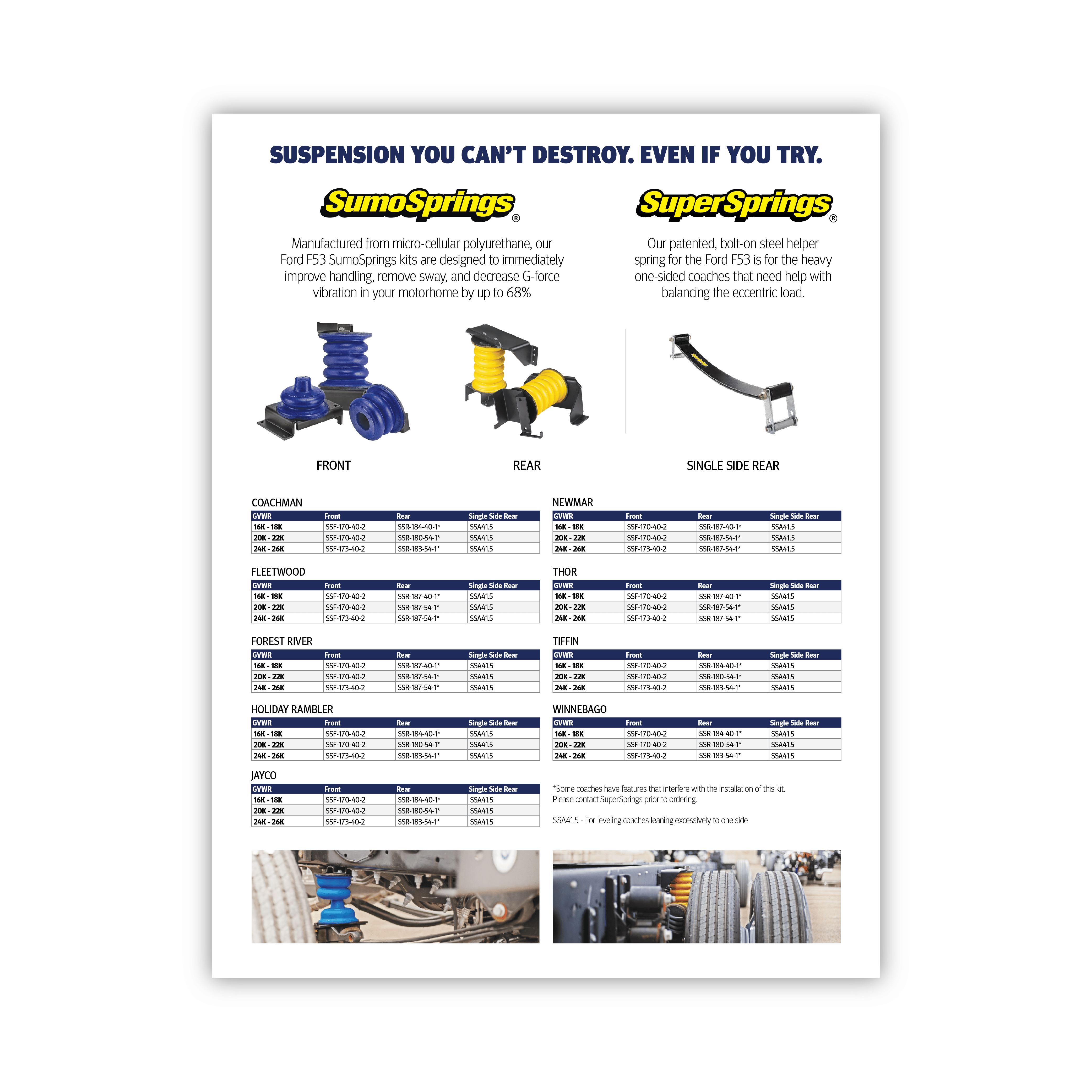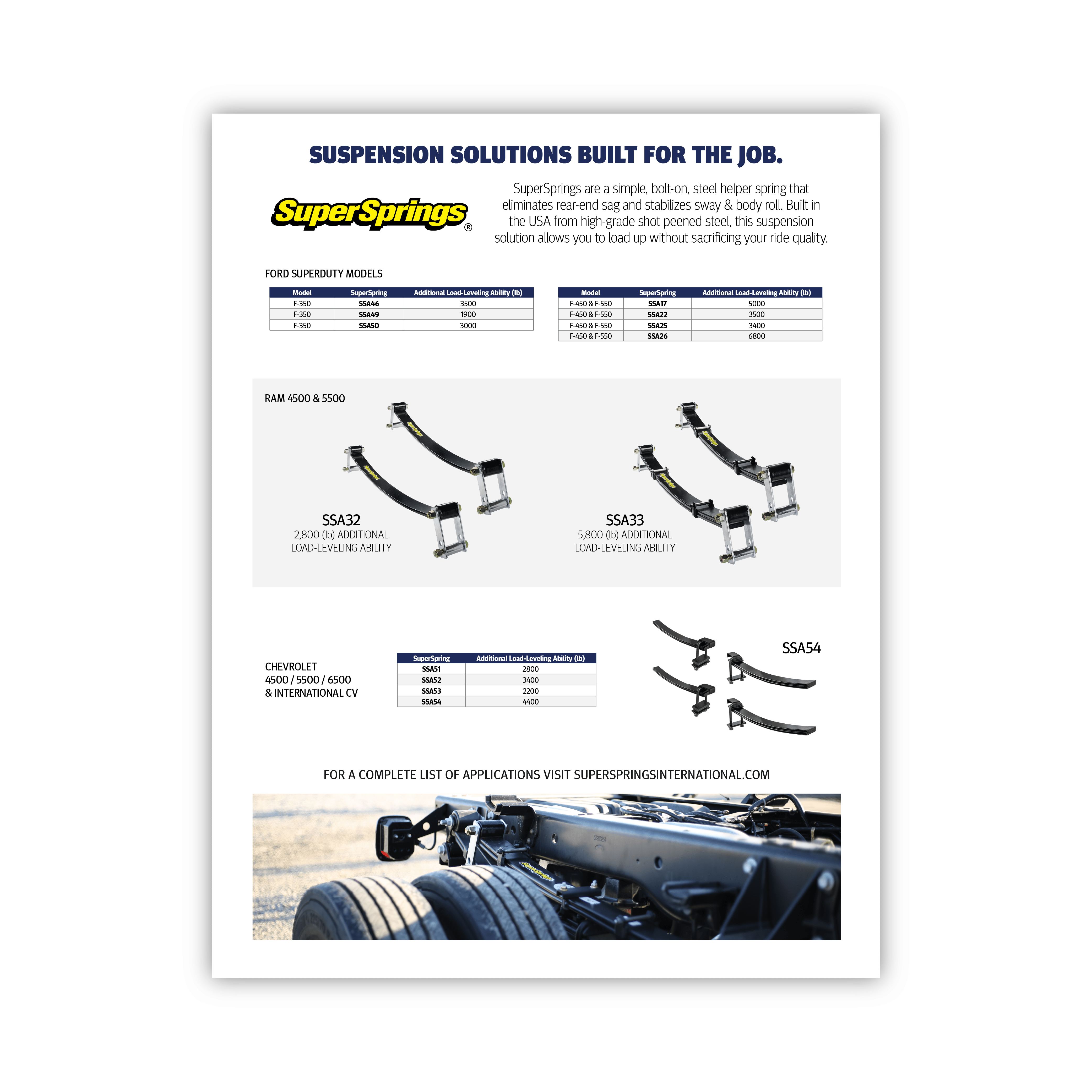Are you ready to embark on an epic overlanding adventure? As you gear up for your first off-road expedition, there are crucial survival tips to keep in mind to ensure a safe and enjoyable journey. Overlanding is about exploring the great outdoors, and with the right preparation, you can make the most of it. In this comprehensive guide, we’ll provide 13 essential tips for overlanding newbies to help you navigate the wilderness like a pro.
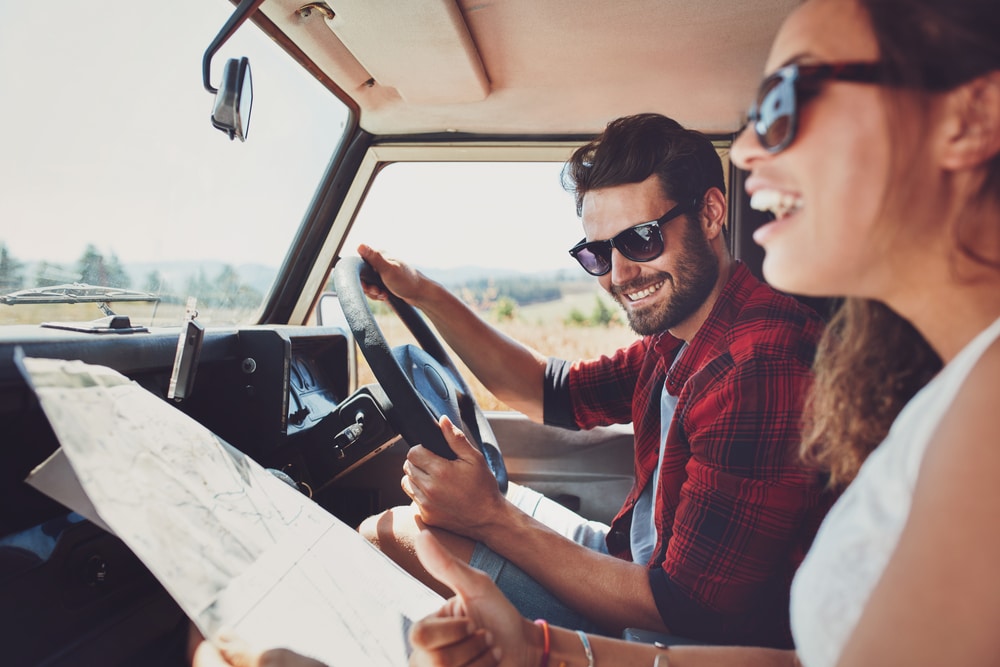
1. Plan Your Route and Destination
Before setting off on your overlanding adventure, it’s imperative to plan your route and destination meticulously. Overlanding isn’t about rushing from point A to B; it’s about the journey. Research the terrain, weather conditions, and any potential hazards you might encounter along the way.
Consider the type of terrain you’ll be tackling—whether it’s rocky trails, muddy tracks, or sandy dunes. Each type of terrain requires specific preparation. If you’re uncertain about what to expect, reach out to fellow overlanders or online communities for advice.
Moreover, consider the season and weather conditions when planning your route. Rain can turn dirt trails into slippery nightmares, while excessive heat can pose a challenge for vehicle cooling systems. Ensure you have the right equipment, clothing, and vehicle modifications to handle these conditions.
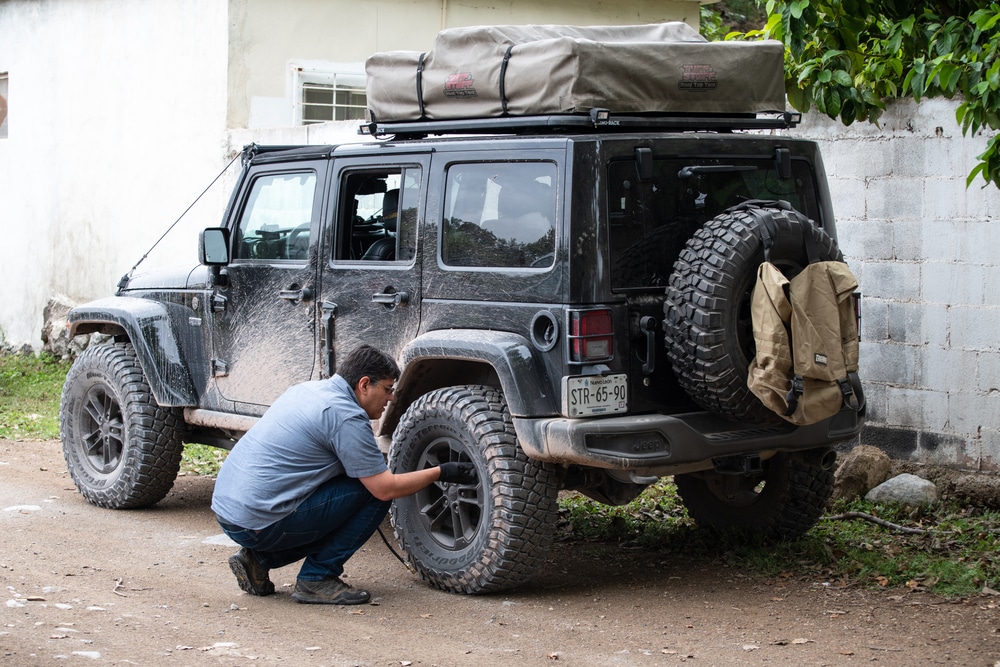
2. Check Your Vehicle
Your vehicle is your lifeline during an overlanding adventure, so it’s crucial to ensure it’s in top-notch condition. Regular maintenance checks are essential. This includes inspecting your vehicle’s brakes, tires, fluids, suspension, and more.
For an even better overlanding experience, consider upgrading your vehicle’s suspension with SumoSprings. SumoSprings are a proven solution for enhancing load support, stability, and comfort on rough terrain. These durable, maintenance-free, and easy-to-install suspension enhancements can make your overland journey smoother and more enjoyable.
SumoSprings are designed to withstand the toughest conditions, whether you’re navigating rocky trails or tackling steep inclines. They provide extra support to your vehicle, reducing body roll and enhancing control. By installing SumoSprings, you’ll be better equipped to handle the challenges of off-roading.
Additionally, check your spare tire, recovery gear, and any other accessories you plan to bring along. It’s better to discover and address issues before hitting the trail rather than being stranded in the wilderness.
By taking care of your vehicle and equipping it with the right enhancements like SumoSprings, you’ll significantly improve your chances of a successful and comfortable overlanding adventure.
Sign Up for More Tips, Adventures, and Exclusive Offers
Embark on a better journey with SuperSprings International. Sign up for our newsletter to receive professional tips, product updates, and exclusive offers.
3. Pack Essential Gear
Creating a checklist of essential gear is a vital step in preparing for your overlanding journey. Your gear will be your lifeline in the wilderness, so it’s essential to be thorough in your preparations. Here’s a breakdown of what you should include in your overlanding gear:
- First Aid Kit: A well-stocked first aid kit is non-negotiable. It should include bandages, antiseptic wipes, pain relievers, and any prescription medications you might need.
- Navigation Tools: Reliable navigation tools are crucial. Invest in a GPS device, maps, and a compass. Familiarize yourself with how to use them effectively, especially if you’re venturing into remote areas without reliable cellular service.
- Fire-Starting Materials: In case you need to start a fire for warmth, cooking, or signaling, pack fire-starting materials like waterproof matches, a lighter, and fire starters.
- Water and Food: Carry an ample supply of water, as well as water purification tablets or a portable water filter. Non-perishable food items like energy bars, canned goods, and dehydrated meals can sustain you in case you’re stranded longer than expected.
- Tools and Repair Kits: Basic tools such as wrenches, pliers, and screwdrivers can help with vehicle repairs or other emergencies. Include a tire repair kit and a portable air compressor for fixing flats.
- Camping Equipment: If you plan to camp during your overlanding journey, pack a tent, sleeping bag, and camping stove. Ensure your camping gear is suited to the expected weather conditions.
- Communication Devices: Carry a satellite phone or an emergency locator beacon. These devices can be a lifeline in case of emergencies, especially when you’re out of cellphone range.
- Clothing: Pack appropriate clothing for various weather conditions. Layering is key to staying comfortable. Don’t forget to include rain gear and extra warm clothing for cold nights.
- Personal Hygiene Items: Basic personal hygiene items like soap, toothbrush, and toilet paper are essential. Consider biodegradable options to minimize your environmental impact.
- Recovery Gear: If you’re planning on tackling challenging terrain, bring along recovery gear such as tow straps, shackles, and a high-lift jack. These tools can be invaluable if your vehicle gets stuck.
Remember that your gear should be tailored to your specific overlanding trip. The type of terrain, weather conditions, and the duration of your journey will all influence what you need to pack. Keep weight and space limitations in mind, as you’ll need to balance being prepared with practicality.
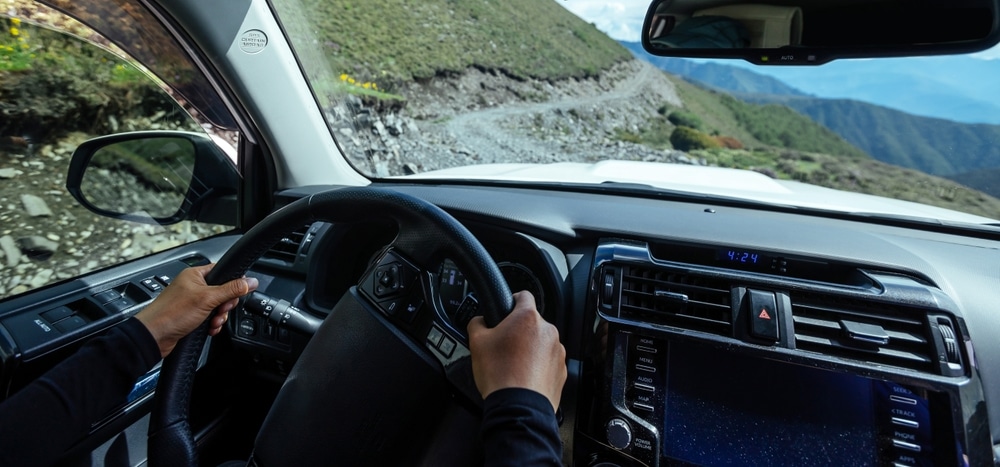
4. Learn Basic Off-Roading Skills
Off-roading skills are essential for a successful overlanding adventure. Even if you’re traveling with experienced off-roaders, knowing how to handle your vehicle off the beaten path is invaluable.
Consider taking an off-road driving course to gain hands-on experience and learn essential skills like:
- Reading Terrain: Understand how to read different types of terrain, including rocks, sand, mud, and water crossings. Each terrain requires a specific approach.
- Tire Maintenance: Learn how to change a tire and perform basic tire maintenance. Tire pressure can significantly impact your vehicle’s performance off-road.
- Navigating Obstacles: Practice techniques for navigating obstacles like steep inclines, descents, and rocky terrain.
- Recovery: Understand how to recover your vehicle if it gets stuck or immobilized. This includes using recovery gear like tow straps and winches safely.
- Vehicle Control: Gain confidence in controlling your vehicle on uneven terrain, including maintaining traction and avoiding wheel spin.
By acquiring these skills, you’ll not only enhance your safety but also your overall enjoyment of the overlanding experience. Plus, it’s a valuable skill set that will serve you well in future adventures.
5. Safety First
Safety should always be a top priority when overlanding. While the thrill of the off-road adventure is enticing, taking precautions ensures you have a safe and enjoyable journey. Here are some safety tips to keep in mind:
- Seat Belts: Always wear your seat belt, whether you’re on or off-road. Seat belts significantly reduce the risk of injury in the event of an accident or sudden stops.
- Helmets: If you’re venturing into particularly rugged terrain or riding an ATV, consider wearing a helmet. It provides crucial head protection in case of falls or collisions.
- Safety Gear: Depending on your overlanding activities, other safety gear may be necessary, such as gloves, protective eyewear, or body armor.
- Communicate Your Plans: Before departing, communicate your travel plans with a trusted friend or family member. Provide them with details about your route, expected return date, and emergency contacts.
- Check Weather Forecasts: Stay informed about weather forecasts for your intended route and destination. Sudden weather changes can pose significant challenges, so be prepared to adjust your plans accordingly.
- Emergency Contacts: Carry a list of emergency contacts, including local authorities, tow services, and medical facilities. Ensure your communication devices are in working order.
- Travel in Groups: Whenever possible, travel with others. Overlanding in a group enhances safety, as you can assist each other in case of breakdowns or emergencies. It’s also a great way to share the experience.
By prioritizing safety, you’ll not only reduce the risk of accidents and emergencies but also increase your confidence and peace of mind during your overlanding journey.
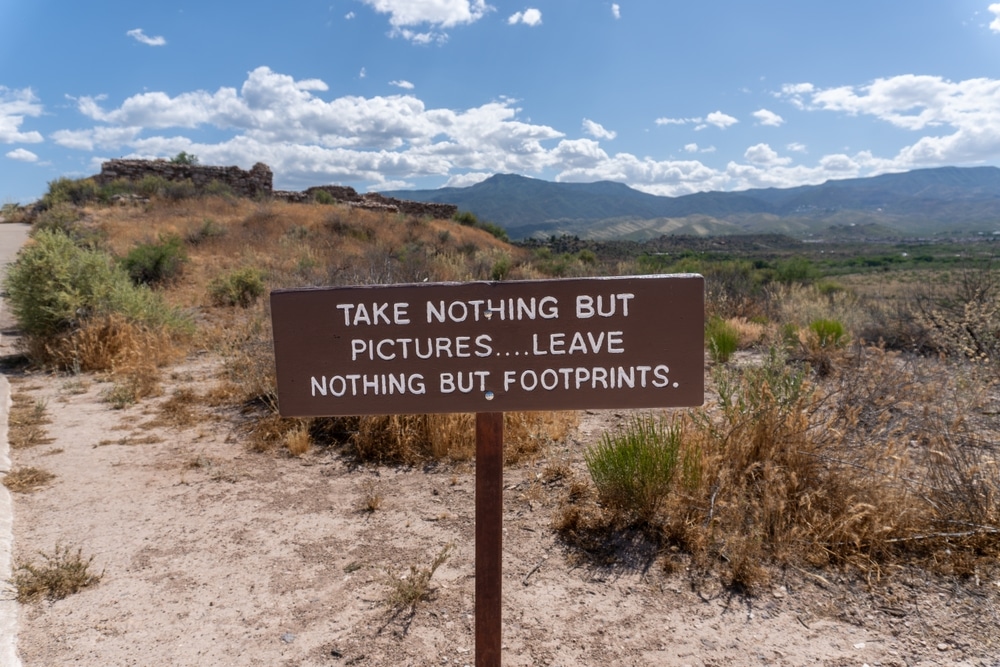
6. Leave No Trace
Responsible overlanding means minimizing your impact on the environment. Leaving no trace ensures that future generations can enjoy the same pristine wilderness you’re exploring. Here are some Leave No Trace principles to follow:
- Pack It In, Pack It Out: Take all trash and waste with you. Don’t leave any litter behind, and dispose of waste properly in designated areas.
- Campsite Selection: Choose your campsites wisely, setting up at least 200 feet away from water sources to protect aquatic ecosystems.
- Campfire Impact: Use a camp stove for cooking instead of making open fires. If fires are allowed, use established fire rings and only burn small sticks and twigs.
- Wildlife Respect: Observe wildlife from a distance and avoid feeding them. Feeding wildlife can disrupt their natural behaviors and harm their health.
- Stay on Established Trails: Stick to designated trails and paths to minimize soil erosion and damage to vegetation.
- Respect Local Communities: Be considerate of local communities and their customs. Ask for permission if you plan to visit or camp on private land.
By following these Leave No Trace principles, you’ll not only preserve the natural beauty of the places you visit but also contribute to the sustainability of overlanding as a recreational activity.
7. Navigation Tools
Reliable navigation tools are indispensable for overlanding. While GPS devices have become prevalent, it’s essential to have backup options, as technology can fail or signal may be lost in remote areas.
- GPS Device: Invest in a good-quality GPS device designed for outdoor use. Ensure it’s loaded with maps relevant to your overlanding route.
- Maps: Carry printed maps of your route and destination. Paper maps provide a reliable backup and allow you to study your route in detail.
- Compass: Learn how to use a compass to orient yourself and determine direction. A compass is a valuable tool for navigating without relying on electronic devices.
- Offline Navigation Apps: Download offline navigation apps on your smartphone. These apps can be a lifesaver when you’re out of cellular range.
By having multiple navigation tools at your disposal, you’ll be well-prepared to stay on course and make informed decisions during your overlanding adventure.
8. Emergency Communication
When venturing into remote areas, being prepared for emergencies is crucial. Communication devices can be a lifeline in case of unforeseen situations. Consider carrying the following communication tools:
- Satellite Phone: A satellite phone works in areas where there’s no cellular coverage. It allows you to make calls and send messages in emergencies.
- Emergency Locator Beacon (ELB): An ELB is a device that, when activated, transmits a distress signal with your GPS coordinates to search and rescue authorities. It’s a reliable way to call for help when no other communication options are available.
- Two-Way Radios: Two-way radios are useful for communicating with fellow travelers when you’re in a group. They have limited range but can be invaluable for coordination.
- Cellular Signal Booster: If you’re traveling in areas with weak cellular signal, consider a signal booster to improve your chances of making a call in an emergency.
Before your trip, ensure that your chosen communication devices are in good working order, and familiarize yourself with how to use them effectively. Register your ELB with the appropriate authorities if required.
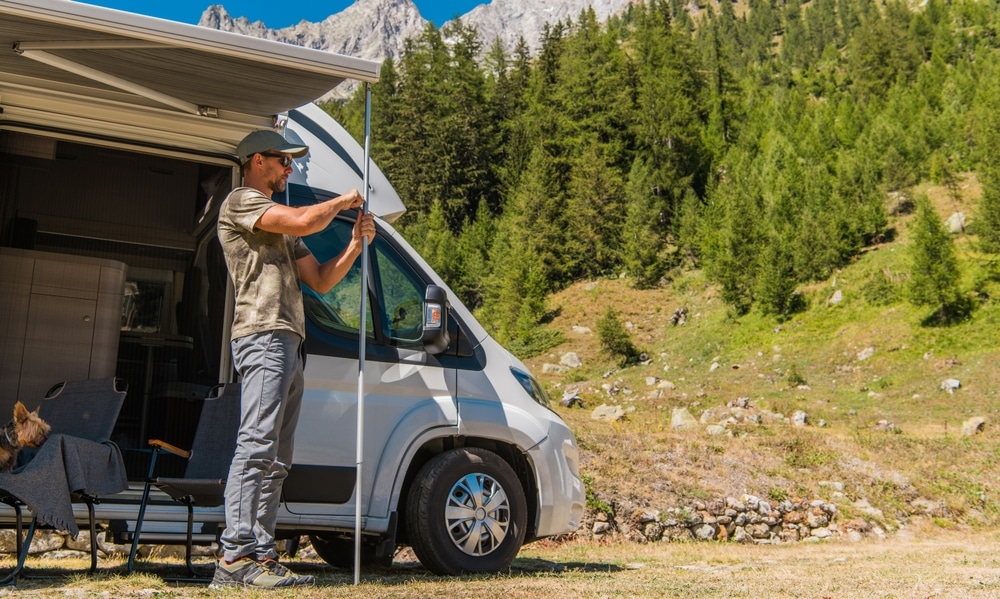
9. Camp Setup
Setting up camp is an essential part of the overlanding experience, and doing it right ensures your comfort and safety. Here are some tips for an efficient and safe camp setup:
- Choose a Level Spot: Look for a flat and level spot to set up your tent. Avoid areas prone to flooding or areas that might pose safety risks, such as under dead trees.
- Distance from Water: Camp at least 200 feet away from water sources to protect the environment and wildlife.
- Secure Food: Keep your food secure to prevent wildlife encounters. Use bear-resistant containers or hang food from trees if necessary.
- Sanitation: Use a designated campsite toilet if available. If not, dig a small hole at least 200 feet from water sources to bury human waste.
- Fire Safety: If campfires are allowed and you plan to have one, use established fire rings and keep the fire small. Never leave a fire unattended, and fully extinguish it before leaving.
- Leave No Trace: Follow Leave No Trace principles when setting up camp and break camp without a trace when you leave.
By following these guidelines, you’ll not only have a comfortable campsite but also minimize your impact on the environment and wildlife.
10. Weather Awareness
Weather conditions can change rapidly, especially in remote wilderness areas. Staying aware of the weather forecast is essential for planning and ensuring your safety. Here are some tips for weather awareness:
- Check the Forecast: Use reliable weather forecasting services to check the forecast for your overlanding route and destination. Look for updates regularly, especially as your departure date approaches.
- Plan for Sudden Changes: Be prepared for sudden weather changes, including rain, storms, and temperature fluctuations. Pack appropriate clothing and gear to handle different weather scenarios.
- Emergency Shelter: Bring along an emergency shelter, such as a tarp or bivy sack, in case you need to seek refuge from adverse weather conditions.
- Navigation Adjustments: Be flexible with your plans and willing to adjust your route or campsite based on weather conditions. Safety should always come first.
Being weather-aware ensures that you’re prepared for whatever Mother Nature throws your way during your overlanding adventure.
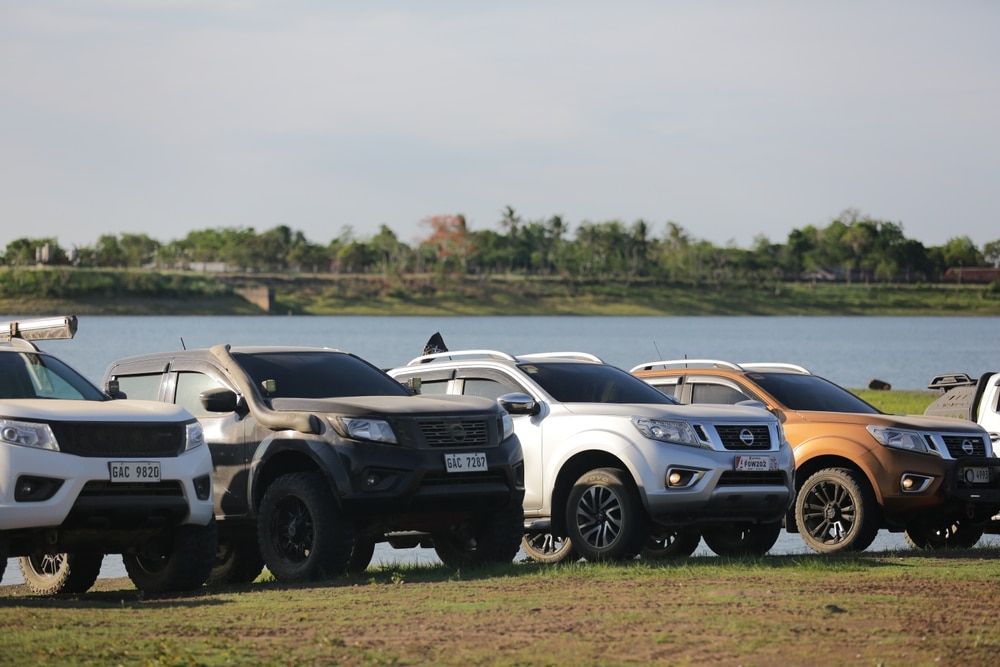
11. Travel in Groups
Overlanding with others can enhance your safety and overall experience. Traveling in a group offers several advantages:
- Assistance in Emergencies: In case of vehicle breakdowns, accidents, or medical emergencies, having fellow travelers nearby can provide critical assistance. You can rely on each other for support, whether it’s to provide first aid, share resources, or assist with vehicle recovery.
- Navigation and Route Planning: Group travel allows for multiple sets of eyes on the map and different perspectives on route planning. It can help prevent navigation errors and missed attractions.
- Companionship: Overlanding with others provides companionship and shared experiences, making the journey more enjoyable. You can swap stories around the campfire and share the thrill of exploration.
- Resource Sharing: Traveling in a group allows you to pool resources, share the load of essential gear, and reduce the risk of running out of supplies.
However, group travel also comes with its challenges. It’s essential to establish clear communication and coordination protocols within the group. Discuss expectations and responsibilities, especially regarding navigation, safety, and campsite setup.
If you’re new to overlanding, joining a group of experienced overlanders can be a great way to learn the ropes, build confidence, and enjoy the camaraderie of like-minded adventurers.
12. Learn Basic Repairs
Overlanding often takes you to remote areas where professional assistance may be far away. That’s why it’s crucial to learn some basic vehicle repair and maintenance skills. Here are some skills every overlander should know:
- Changing a Tire: Learn how to change a flat tire and ensure you have all the necessary tools, including a jack and lug wrench. Practice this skill before your trip to be prepared for any punctures.
- Checking Fluids: Familiarize yourself with checking and topping up essential fluids like engine oil, coolant, and brake fluid.
- Replacing Belts: Know how to inspect and replace serpentine belts or drive belts if they break. Carry spare belts and tools for replacement.
- Battery Jump-Start: Learn how to jump-start your vehicle in case the battery goes dead. Carry jumper cables in your gear.
- Patching Exhaust or Fuel System: Carry a repair kit for patching up exhaust or fuel system leaks. These can be critical repairs in remote areas.
- Basic Engine Diagnosis: Understand how to diagnose and address common engine issues like overheating or stalling.
- Trailside Repairs: Practice making minor trailside repairs such as fixing loose or disconnected parts.
While you may not become a master mechanic overnight, having these skills can be invaluable when you’re far from professional help. Additionally, carrying a comprehensive toolkit can make these repairs more manageable.
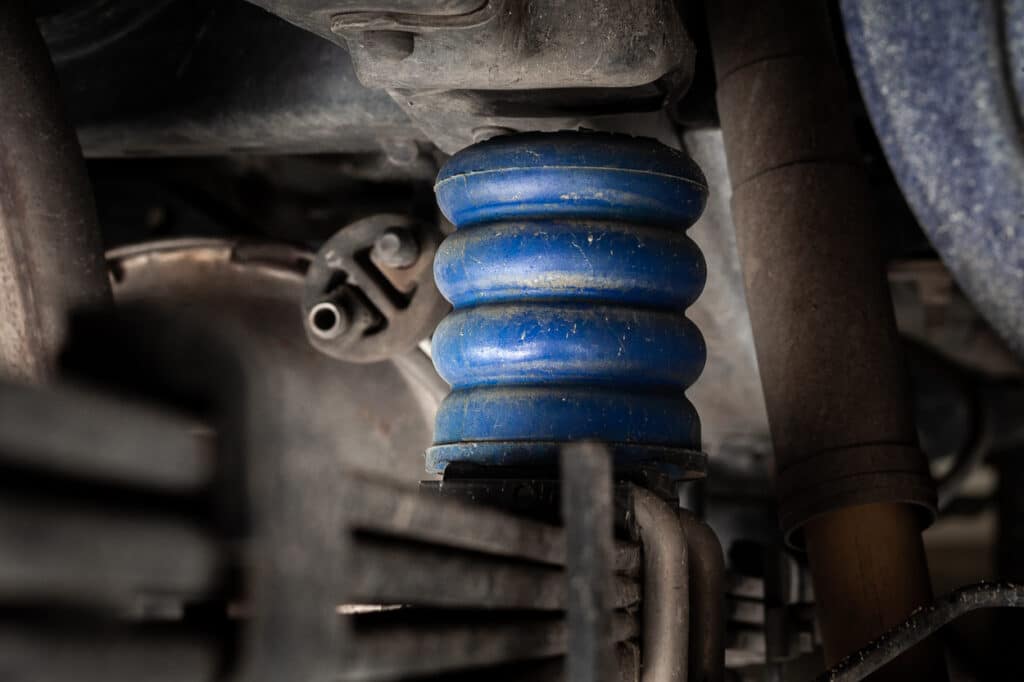
13. Respect Nature
Overlanding is an opportunity to immerse yourself in nature, and it’s essential to do so with respect and responsibility. Here are some ways to respect the natural world during your journey:
- Wildlife Observation: Observe wildlife from a distance and avoid disturbing their natural behaviors. Never feed wild animals, as it can harm their health and disrupt ecosystems.
- Leave No Trace: Follow Leave No Trace principles to minimize your impact on the environment. Properly dispose of waste, use established trails, and minimize campfire impact.
- Stay on Designated Routes: Stick to designated trails and roads to protect fragile ecosystems and vegetation. Avoid creating new tracks that can damage the landscape.
- Minimize Noise Pollution: Keep noise levels down in natural areas. Loud noises can disturb wildlife and disrupt the tranquility of the wilderness.
- Respect Local Communities: When passing through or visiting local communities, be respectful of their customs and traditions. Ask for permission if you plan to camp or interact with locals.
By respecting and preserving the natural world and local communities, you contribute to the sustainability of overlanding as a recreational activity. You also ensure that future generations can enjoy the same pristine wilderness that has drawn you to overlanding.
Are You Ready to #JourneyBetter?
As you prepare for your overlanding journey, remember that safety, preparedness, and responsible practices are key to a successful adventure. Plan your route, maintain your vehicle, pack essential gear, and learn vital skills. By taking these steps and following the tips outlined, you’ll be well-prepared to embark on an unforgettable overlanding adventure.
Additionally, consider enhancing your vehicle’s performance and comfort with SumoSprings. This simple suspension upgrade provides extra support and control, making your off-road journey smoother and more enjoyable. With the right preparation and equipment, your overlanding journey awaits!





